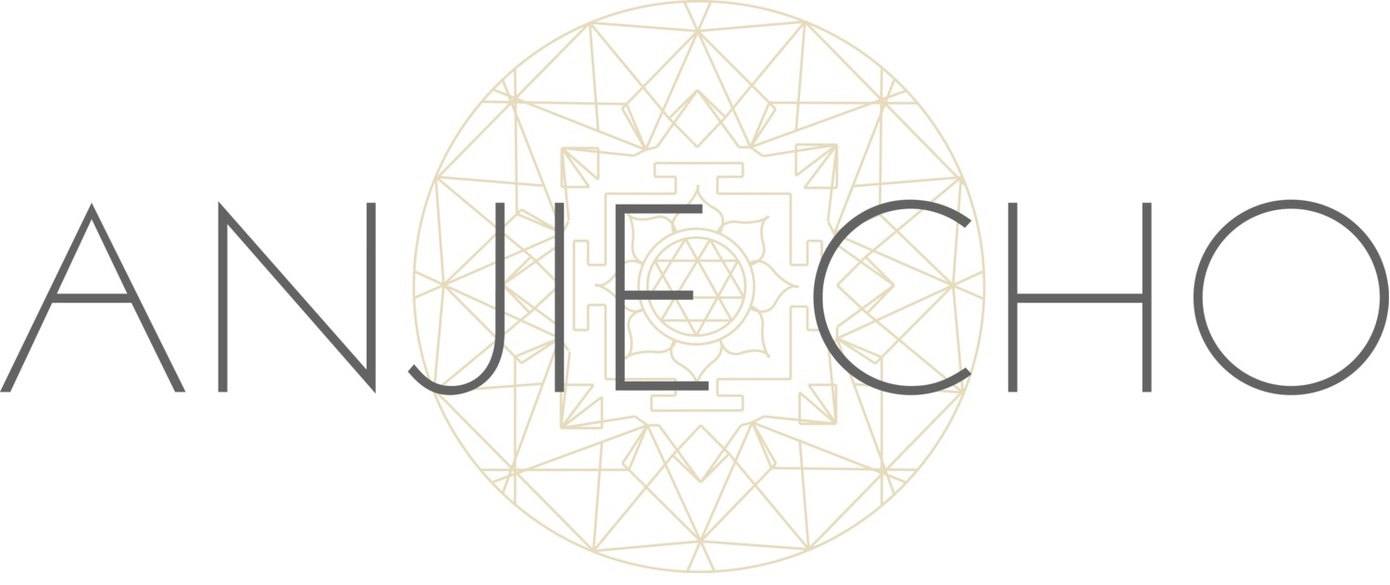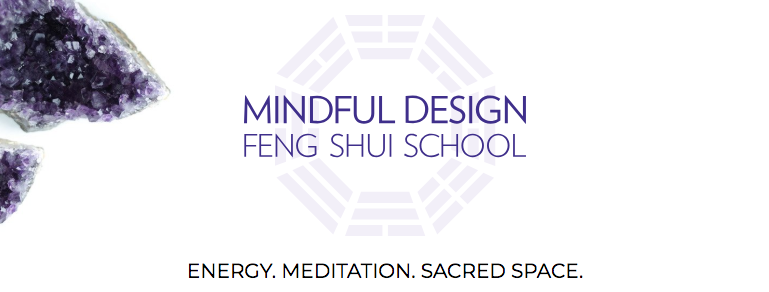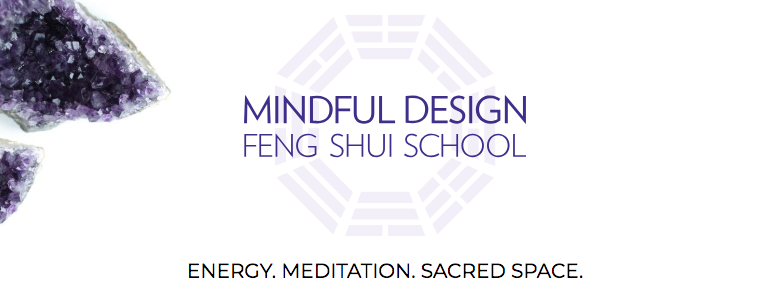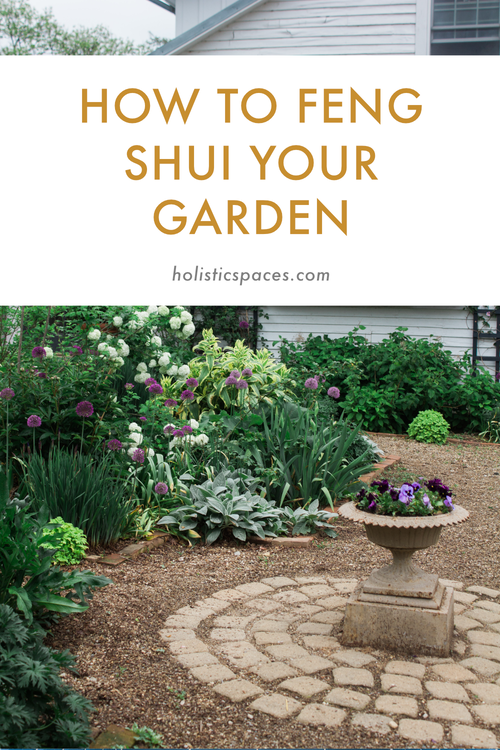Photo by Hansjörg Keller on Unsplash
Happy April!
If you’re in the Northern Hemisphere like me, I hope you’re enjoying the transition to warmer weather! In feng shui, spring is connected to the Zhen area of the bagua, also called New Beginnings or Family.
On the opposite side of the bagua from Zhen is Dui, also known as Completion or Children. These two areas are deeply connected, and as feng shui practitioners, we often look at both places when someone is wanting support in starting or completing things.
One new beginning in my life that also reflects the completion of a big project is the release of my second book, Mindful Homes: Create healing living spaces with mindfulness and feng shui. I’m really excited to share it with the world — you can find it wherever books are sold! If you want to learn more about this book and how it’s different from my first book, Holistic Spaces, you can listen to this podcast episode.
Are you starting anything new in your life right now? How can you embrace new beginnings?
READ ABOUT FENG SHUI FOR NEW BEGINNINGS
Q&A Sunday: Feng Shui for Spring
Feng Shui & Color: Green and Blue
Q&A Sunday: Kickstarting a New Beginning, Energetically and Spiritually
New Beginnings with the Vernal Equinox
PODCAST EPISODES ABOUT FENG SHUI & NEW BEGINNINGS
Feng Shui for New Beginnings in Spring
Feng Shui Tips for Moving into a New Home
Spring Equinox and the Wood Element
Feng Shui 101: The Bagua Map Part 1
More feng shui reading
Here are a few recent articles I was featured in:
Mindful Spaces: How to Create the Home You Want to Live In
5 Ways to Incorporate Spiritual Design for a Healthy Home
Thanks for reading!
If you’d like to learn more about feng shui, check out Mindful Design Feng Shui School at: www.mindfuldesignschool.com







